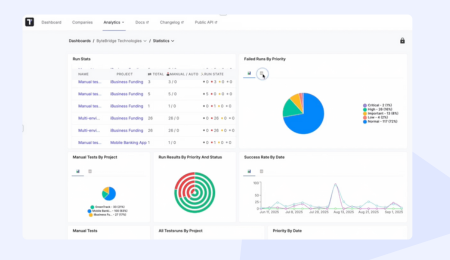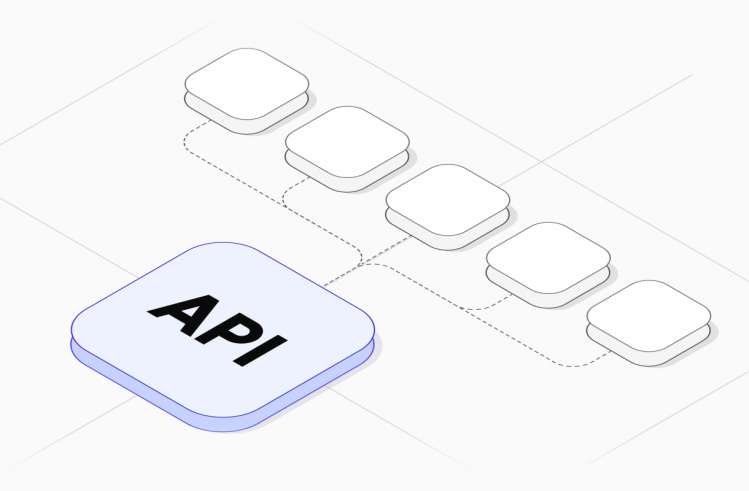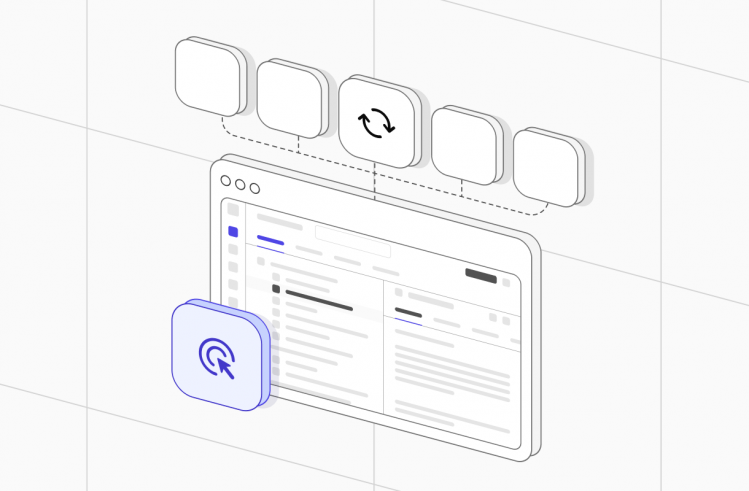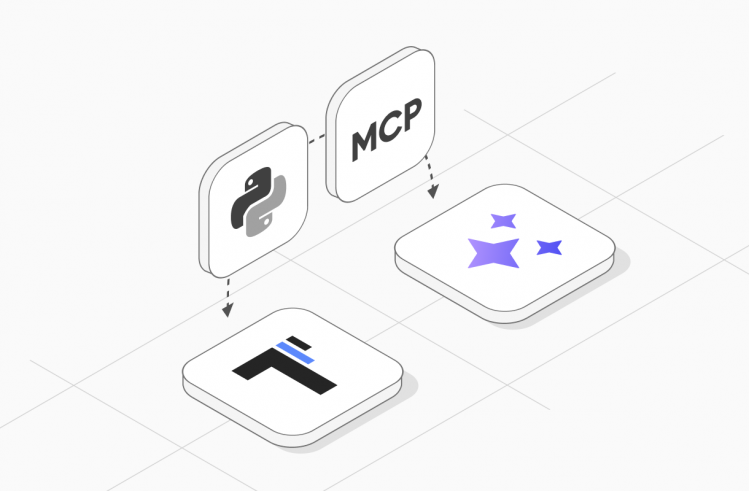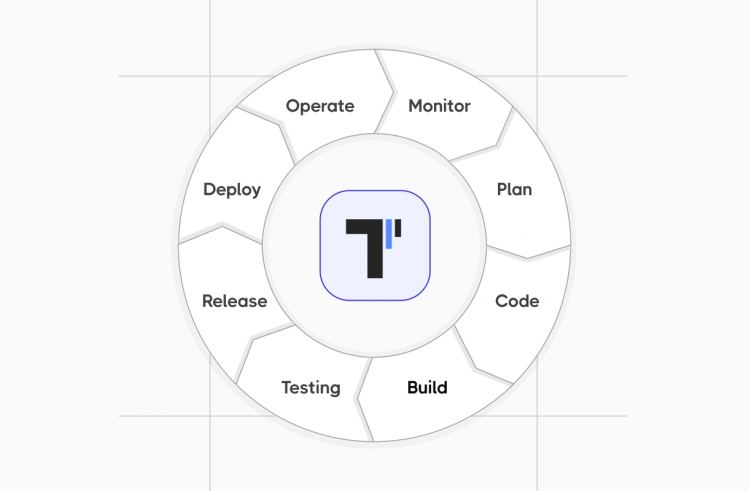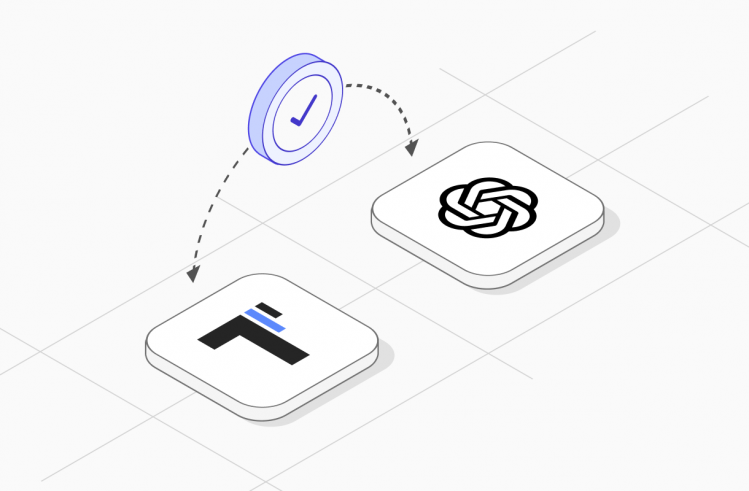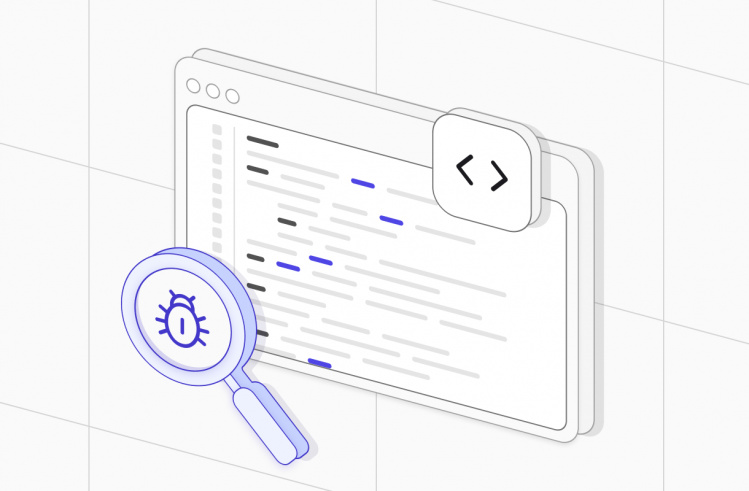Ever had that sinking sensation with a bug getting through to the production pipeline? Yeah, all QAs have been there. It is first discovered by your users, the tickets are flooding in and then everybody is wondering how this has happened.
The truth is: the good QA testing tools are not going to work wonders to change the disorganized development processes, but they are what will make a team ship with confidence, and one with crossed fingers. Having considered all the possible platforms, interviewed QA engineers, and evaluated actual world applications of the same, throughout startups to enterprises, we can compile this ultimate guide to tools that really move the needle in 2025.
It is not some other superficial comparison or paid ranking. It is a sincere review on the basis of real performance, team input as well as quantifiable contribution towards quality of the software and the speed of delivery.
What Exactly Are QA Testing Tools?
QA testing tools are the Foundation of Modern Software Quality. QA testing tools represent the evolution of software quality assurance from manual, error-prone processes to intelligent, automated systems that scale with your development velocity.
Think of them as the nervous system of your software development process, they detect problems, coordinate responses, and maintain the health of your entire application ecosystem.
- Developing exhaustive test cases. The contemporary tools apply AI to propose test cases with regards to code modification and user behavior trends.
- Running automated cross-browser, device, operating system and network state testing. What was once done by a group of manual testers is now possible to occur simultaneously in hundreds of configurations.
- Test data, test suites, management in your growing application. Smart tools know about dependencies and keep the test that has been changed as the data changes without human intervention.
- Producing actionable insights with detailed test reports that can be comprehended by the developers and business stakeholders and taken into action.
The fundamental goal remains unchanged: ship reliable software without exhausting your team on repetitive regression testing cycles. But the methods have become infinitely more sophisticated.
Why Invest in Professional QA Testing Tools? The Business Case for Quality
Manual testing served us well in simpler times, but it fundamentally doesn’t scale with modern development practices. Here’s why forward-thinking teams invest in comprehensive testing infrastructure:
- Dramatically improved test coverage. Professional automation testing tools execute systematic test execution across every feature, integration point, and user workflow.
- Unmatched consistency. The automation tools repeat exactly the same steps of the test perfectly each time. There will be no human differences or inconsistent test conditions.
- Intelligence through analytics. The current testing platforms have trend analysis, failure pattern recognition, and predictive insights. The raw test results are converted into strategic intelligence of quality of the code and system reliability.
- Enhanced team collaboration. The optimal QA testing tools close this gap of communication among the developers, testers, product managers and business stakeholders. All do their work based on the same truth.
The right testing approach transforms quality assurance from a development bottleneck into a competitive advantage that enables faster, more confident delivery.
21 QA Testing Tools That Define Excellence in 2025
1. Testomat.io

Testomat.io is the future of test management systems, which is a blend of artificial intelligence and realistic development workflow. It aims to resolve actual coordination issues that make software teams miserable.
- Artificial intelligence test orchestration. Machine learning algorithms are used to examine code changes, past failure rates and dependencies in the system to automatically rank the tests to run. There should be no more time waste in irrelevant test suites.
- Smart flaky test detection. Advanced algorithms detect unreliable tests before they break your CI/CD pipeline. The system recognizes the execution patterns that help it to differentiate between real failures and environmental problems.
- Dynamic test planning. AI agents scan requirements, user stories, and changes in the code and make recommendations on the best sketching of tests. Test into preventive quality control.
- Ecosystem of comprehensive integration. 1-way synchronization with Jira, GitHub, Slack and Jenkins, as well as all other large CI/CD services. The reason is that your testing workflow prosperity is responsive to what you already have in the hands.
- Live intelligence collections. State-of-the-Art analytics beyond basic pass/fail cross-thresholds that can tell an actor about the effective use of the test in question, trends in it over scoring, and whether it is ready to release.
The platform has been designed to work out coordination issues which are a death knell in software teams today. When product managers and developers are able to know the status of testing and make quality decisions, then the whole process of developing the product becomes faster.
✅Best fit: Any team that is serious about the growth of its testing processes without an increase in the complexity of tools. Particularly effective in scaled enterprise organizations where testing will have various stakeholders whose technical backgrounds will be varied.
Test Automation Tools
These automation testing systems can deal with the heavy lifting of the computations so that your QA teams can concentrate on strategic testing scenarios, which need the human understanding and creativity.
2. Playwright
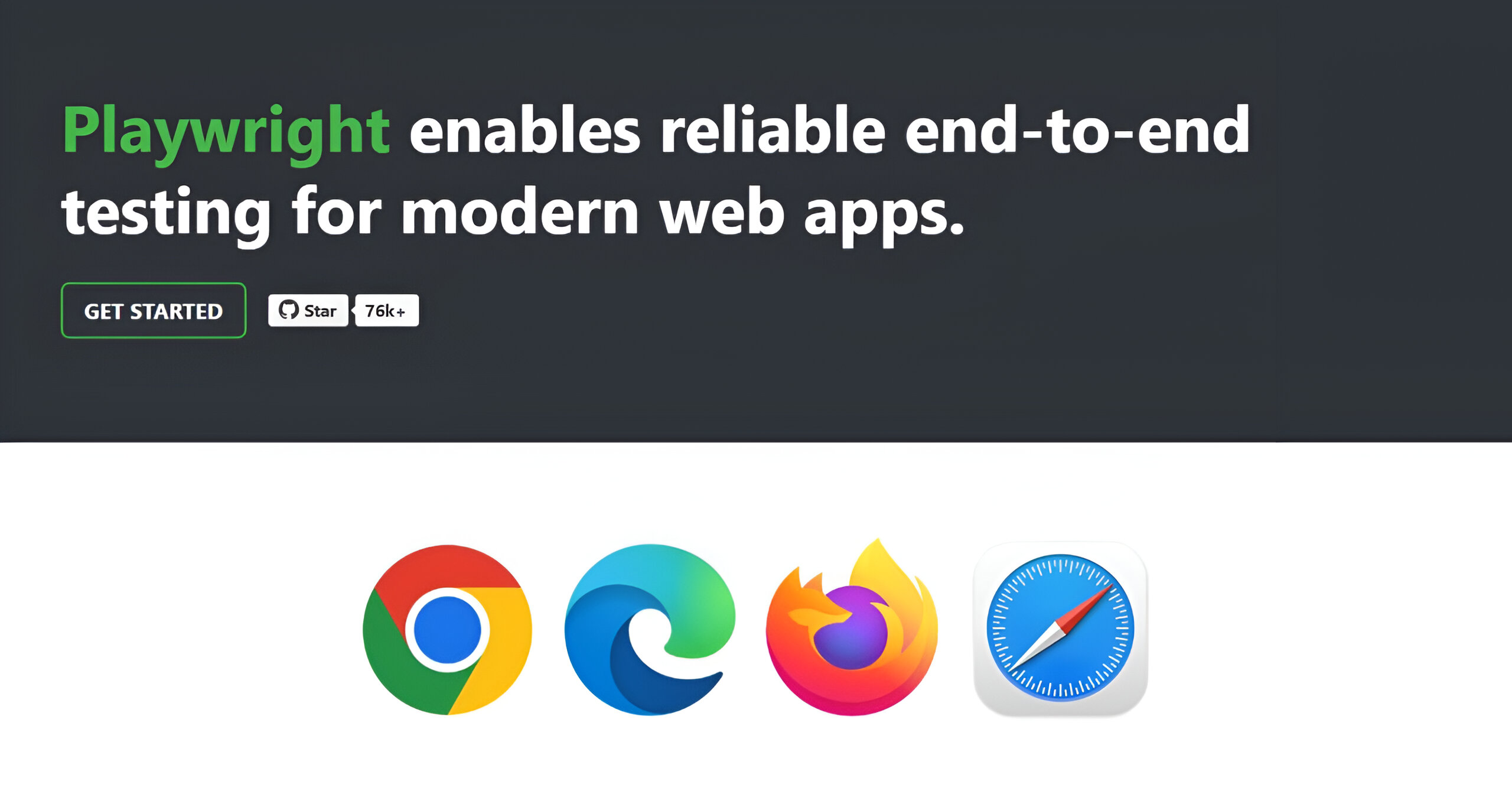
Playwright was designed by Microsoft to be compatible with contemporary web applications, and it can be observed in every aspect.
- Complete cross-browser compatibility between Chrome, Firefox, Safari, and Edge using the same APIs and behaviour.
- Elastic headless execution CI/CD optimized and low resource bodied.
- JavaScript, Python, C and Java Multi-language bindings, feature parity.
- Intelligent parallel execution that maximizes test throughput without introducing race conditions.
- Built-in network interception for testing offline scenarios and API mocking.
✅Best fit: Development teams of advanced web applications need the tool to be tested across different browsers and are not willing to go through the pain points of Selenium WebDriver that was common in earlier days.
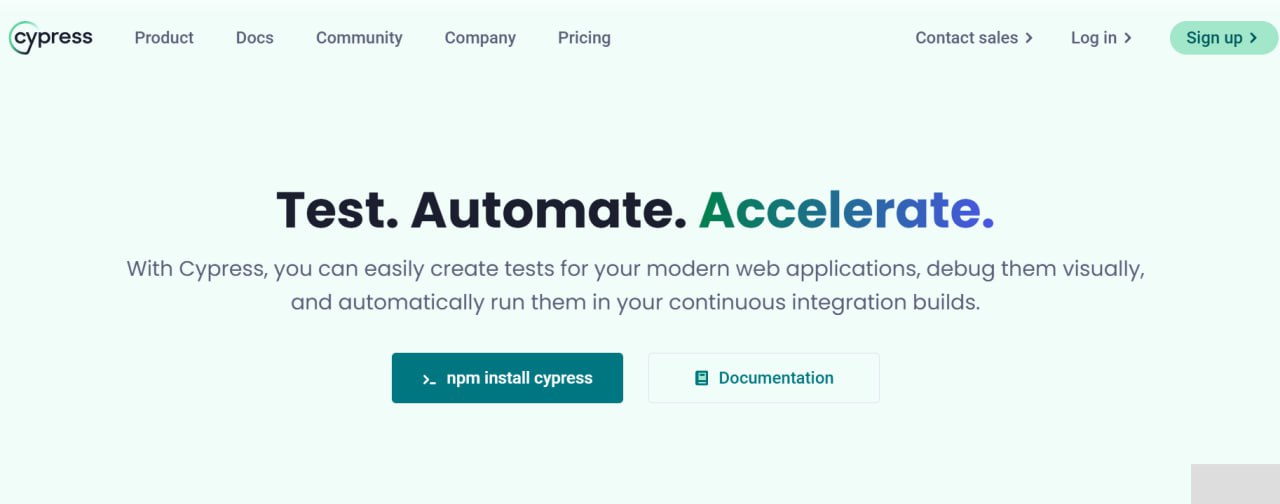
Cypress revolutionized front-end testing by prioritizing developer experience and real-time feedback loops.
- Live browsing and real-time updates of tests on the way of development.
- Automatic synchronization gets rid of timing problems as well as unreliable waits that are characteristic of traditional automation.
- Snapshot debugging of time-traveling applications.
- Inbuilt video and screenshot capturing of every failure analysis.
- Large community ecosystem and plug-ins of modern JavaScript frameworks.
✅ Ideal for: Front-end focused teams working on single-page applications who value rapid feedback and intuitive debugging capabilities. You can run Cypress tests in parallel in Testomat.io for free.
4. WebdriverIO
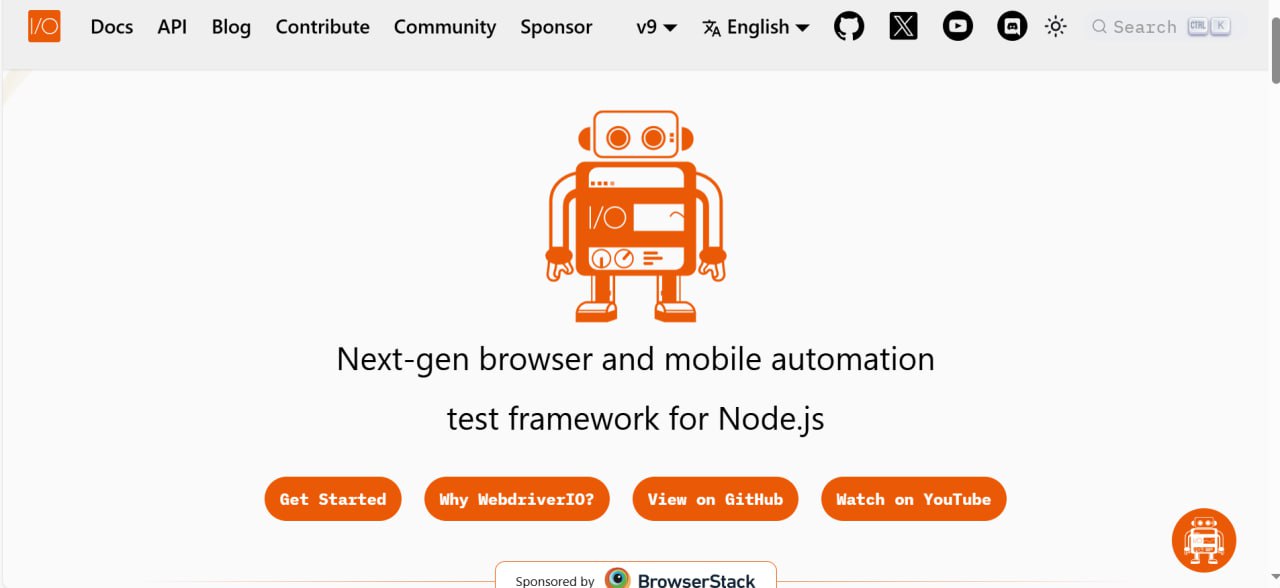
Framework which is node.js based and which can easily perform both web and mobile app testing in any programming environment that is based on JavaScripts.
- The configuration of protocols that are flexible to the WebDriver and Chrome DevTools to achieve maximum performance.
- Full-stack testing Mobile and web testing: Unified Testing: Minimizing the complexity of tool chains in full-stack applications. Intelligent load balancing of test runners.
- Robust pluggable infrastructure with no modifications to core infrastructure.
✅ Strategic choice in case of: JavaScript-intensive teams, which desire a high level of coverage in testing and do not wish to keep different tools in place to cover different platforms.
5. NightWatch

A simple end-to-end testing framework that demonstrates powerful testing does not need to have excessively complex structures.
- The lowest configuration overhead makes a team productive.
- Statement of definition is clean and makes it easy to learn the syntax by new team members.
- In-built assertions and reporting.
- Detailed documentation and real-life examples and best practices.
✅Best: Fast to implement and maintain teams that do not require highly developed features.
6. CodeceptJS

BDD testing framework that aims at making the test scenarios readable and contributable by non-code developers. Yet, no-tech professionals will not be able to automate test there.
- Test syntax, readable by humans and can be reviewed and validated by the business stakeholders.
- Several backend supports (Playwright, Selenium, Puppeteer) which have major flexibility.
- Guideline-based testing and external data source testing and test generation.
- Page Object design incorporates that favors sustainable exam architecture.
✅Exceptional for: Cross-functional teams where business analysts and product managers need to understand and contribute to test scenario design.
7. Selenium WebDriver
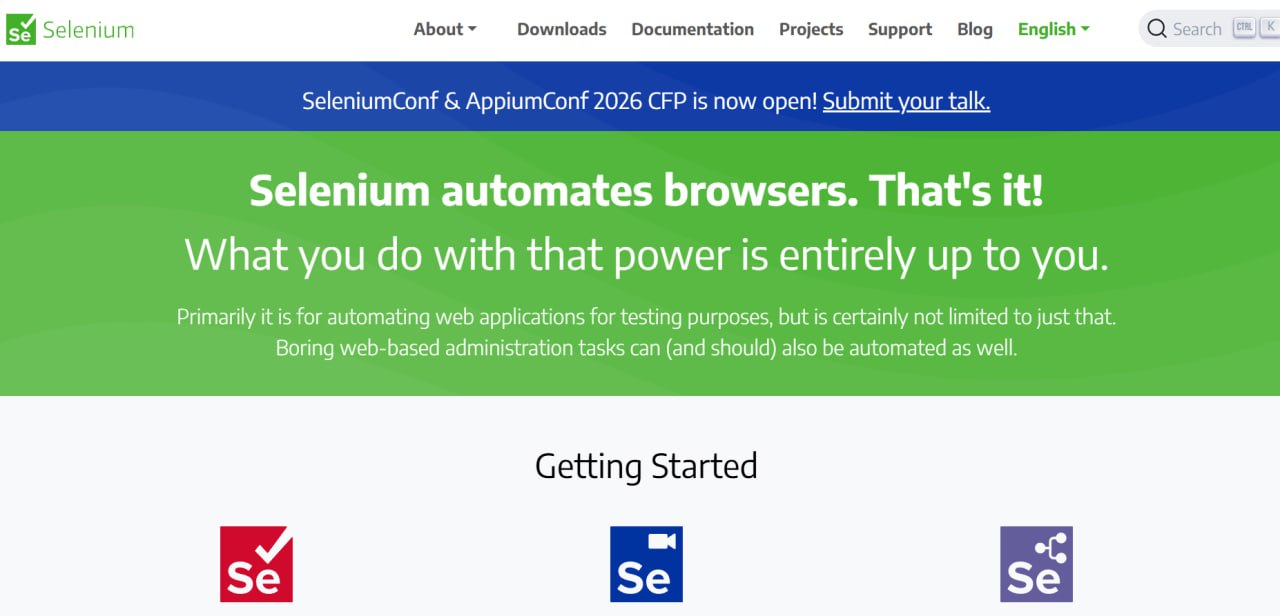
The foundational web automation framework that continues to power many modern testing tools and remains relevant for specific use cases.
- Universal browser support across all major browsers with consistent API.
- Massive community ecosystem providing extensive documentation, tutorials, and third-party tools.
- Multi-language binding availability, supporting virtually every programming language.
- Proven enterprise scalability with years of production use in complex environments
✅ Still relevant for: Teams with specific browser automation requirements or legacy system constraints that newer tools don’t address.
8. Cucumber
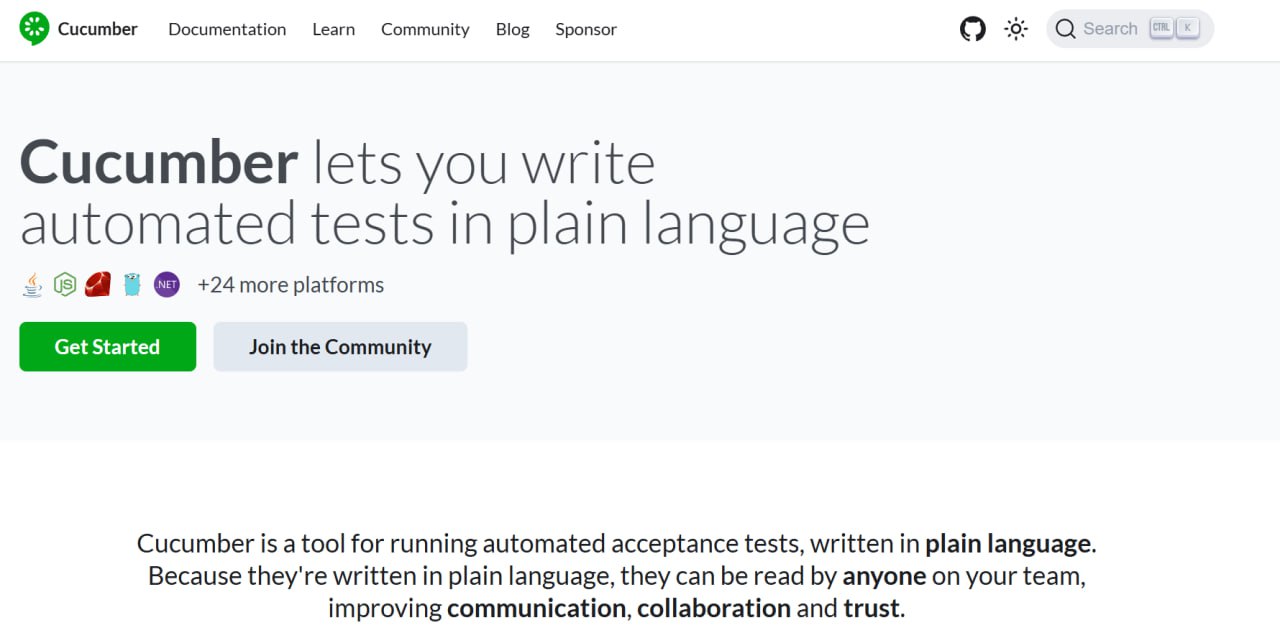
Converts the business needs into specifications that are executable and easy to turn into automated tests, moreover specifications act as the documentation.
- Gherkin syntax standardization develops a universal test language between technical and business teams.
- Living documentation that is automatically kept in line with code implementation.
- Patterns of enterprises that have been scaled in organizations of complexity.
9. Robot Framework
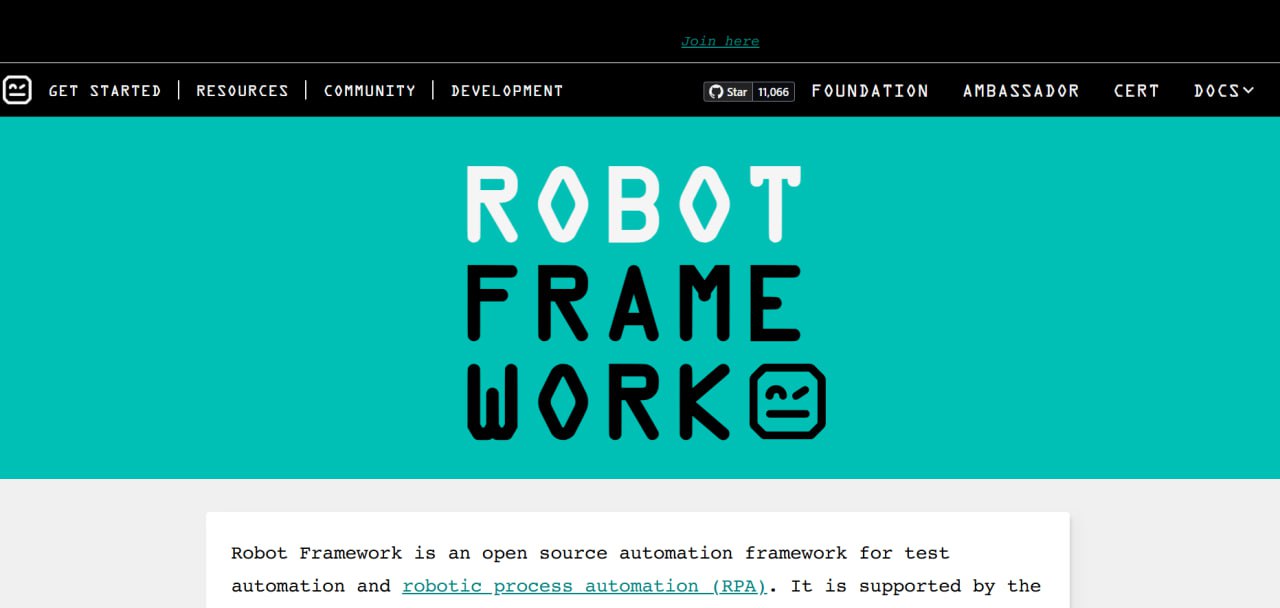
A test-driven development ATDD-oriented framework allowing non-programmers to make meaningful contributions to test automation attempts.
- Test logic is abstracted out of technical complexity by creation of key word driven tests.
- Complete reusable library of keywords that is used to hasten the development of tests across multiple projects.
- The support of cross-platform applications, such as web, desktop, and mobile.
- Robust third-party ecosystem that contains special libraries of testing requirements in industry.
✅ Strategically useful to: Organizations that desire to democratize test automation to new developer lines.
Mobile Application Testing Tools
The mobile applications have their own distinctive challenges such as fragmentations of devices, network variations, and platform specifications. These dedicated tools solve this problem of quality assurance in the mobile ecosystem.
10. Appium
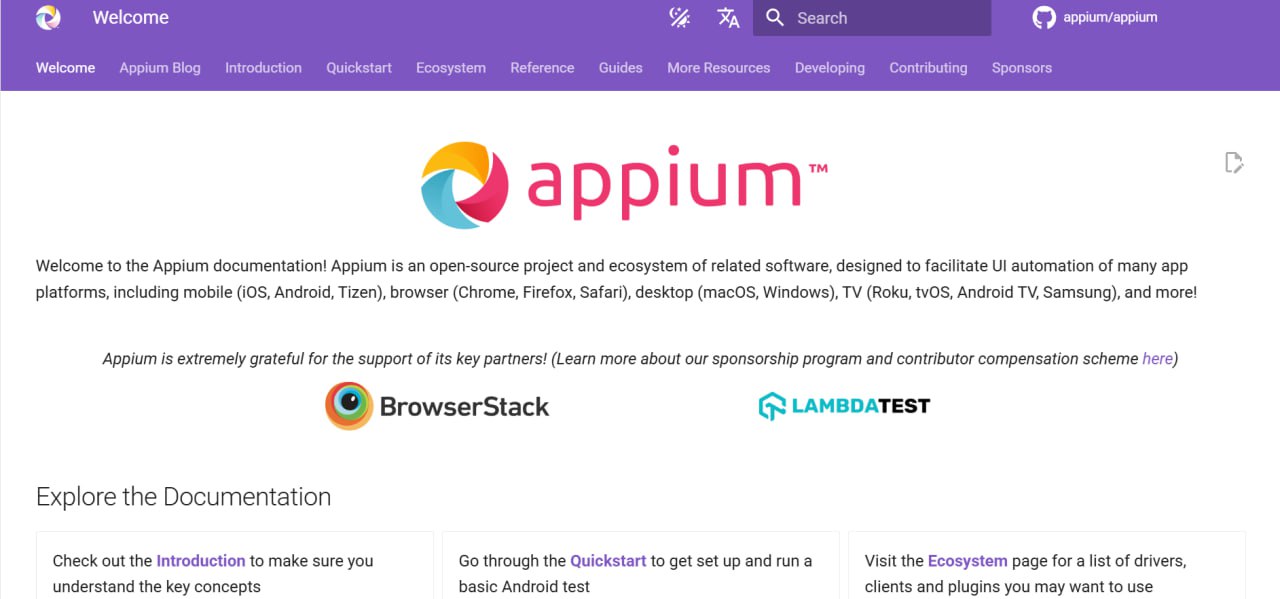
Industry-standard cross-platform mobile automation that enables consistent testing approaches across Android and iOS ecosystems.
- Unified codebase approach for testing native, hybrid, and mobile web applications.
- Comprehensive language support including Java, Python, JavaScript, C, and Ruby.
- Real device and emulator integration with cloud-based device farm compatibility.
- Advanced gesture simulation supporting complex touch interactions and device rotations.
✅ Strategic choice for: Organizations building mobile applications requiring consistent automated testing across multiple platforms without maintaining separate codebases.
11. Detox
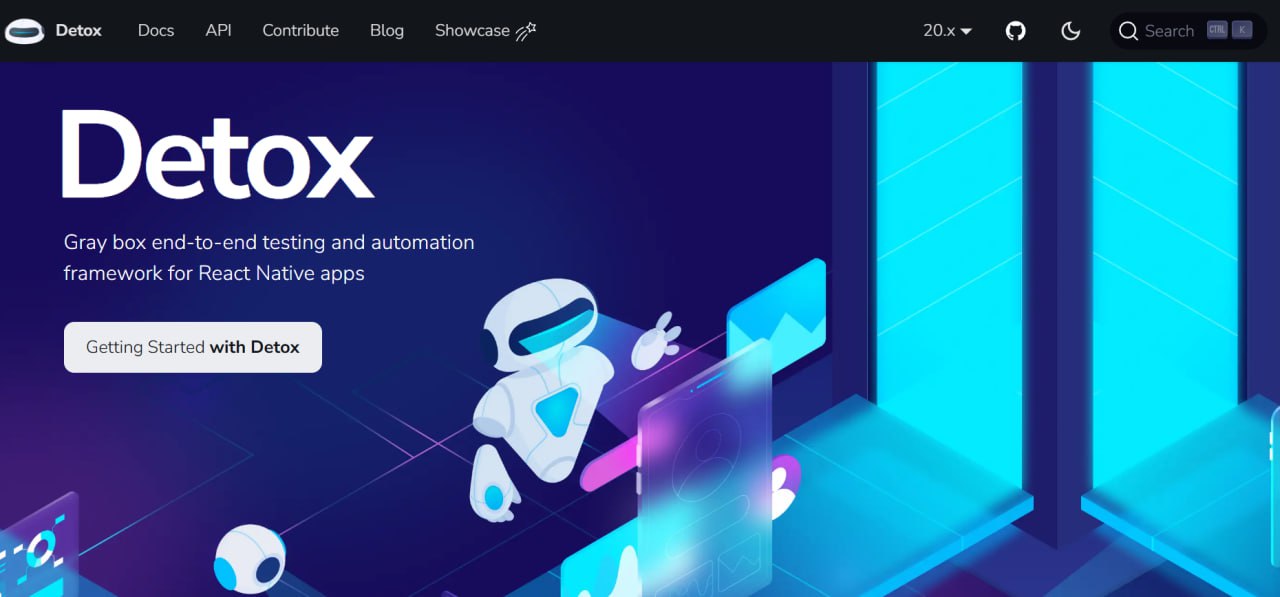
Purpose-built testing framework specifically engineered for React Native applications with deep understanding of the platform’s architecture.
- Gray-box testing approach with internal application state access for more reliable tests.
- Perfect synchronization with React Native bridge eliminating timing-based test failures.
- Deterministic test execution without artificial waits or flaky timing dependencies.
- Seamless CI/CD integration with optimized performance for automated build pipelines.
✅ Perfect for: React Native development teams frustrated with unreliable mobile test automation.
12. XCUITest
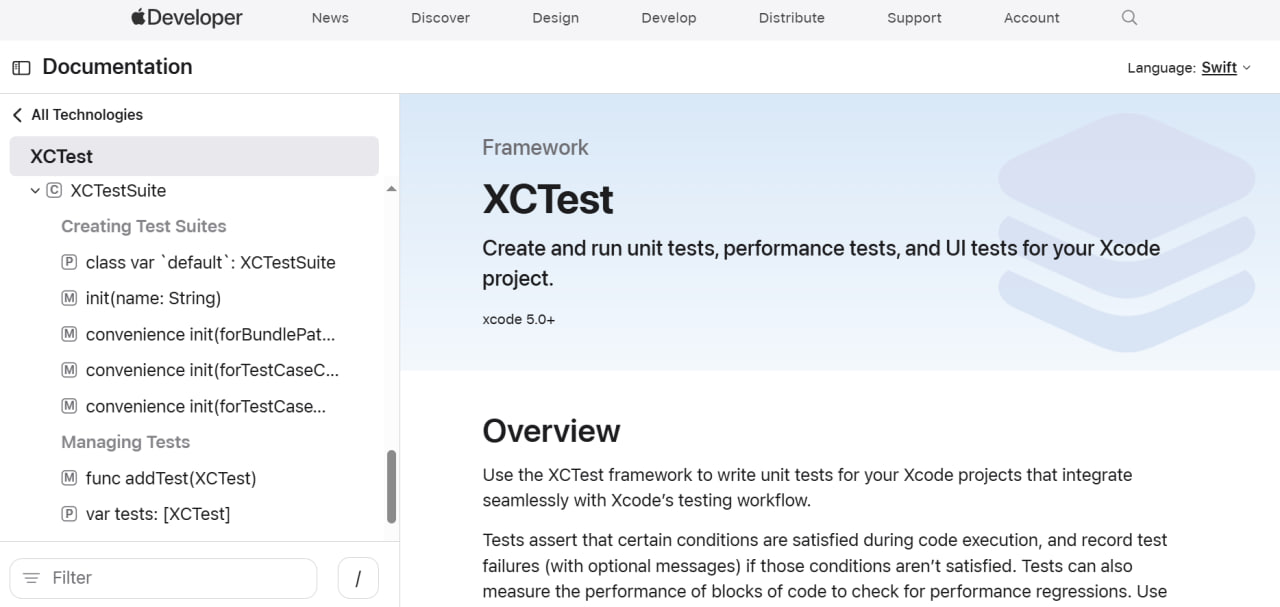
The official testing structure of Apple offers the most extensive possible integration with the iOS and macOS development processes.
- Full Xcode support and in-built recording, debugger and profiler.
- Native support of Swift and Objective-C taking advantage of the entire platform.
- Advanced testing of accessibility testing that meets the standards of Apple accessibility.
- Detailed simulation of the devices with different screen sizes, orientations, and iOS versions.
✅ Best in: iOS-driven application development teams that emphasize the highest platform integration and the greatest compatibility with the Apple ecosystem.
API Testing and Performance Validation Tools
APIs form the backbone of modern distributed applications. When API testing fails, entire systems cascade into failure, making robust API testing tools essential for system reliability.
13. Postman
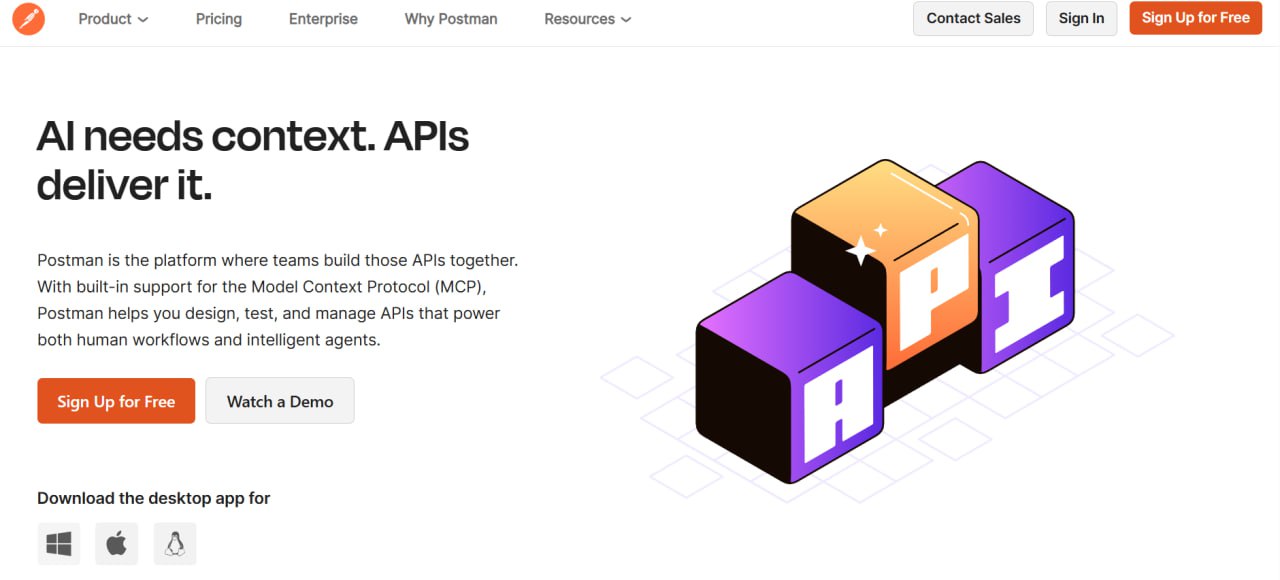
Growing into a complex API lifecycle management tool deployed by millions of developers across the globe, as an extension of simple REST client.
- Lifecycle management including API design, documentation and monitoring.
- High-level testing automation using JavaScript based test scripts and data driven execution.
- Such team collaboration options are as shared workspaces, version control, and API documentation.
- Extensive integration ecosystem connecting with CI/CD pipelines and development tools.
✅Indispensable for: Any team developing, consuming, or managing the API in rest APIs throughout the software development lifecycle.
14. Apache JMeter
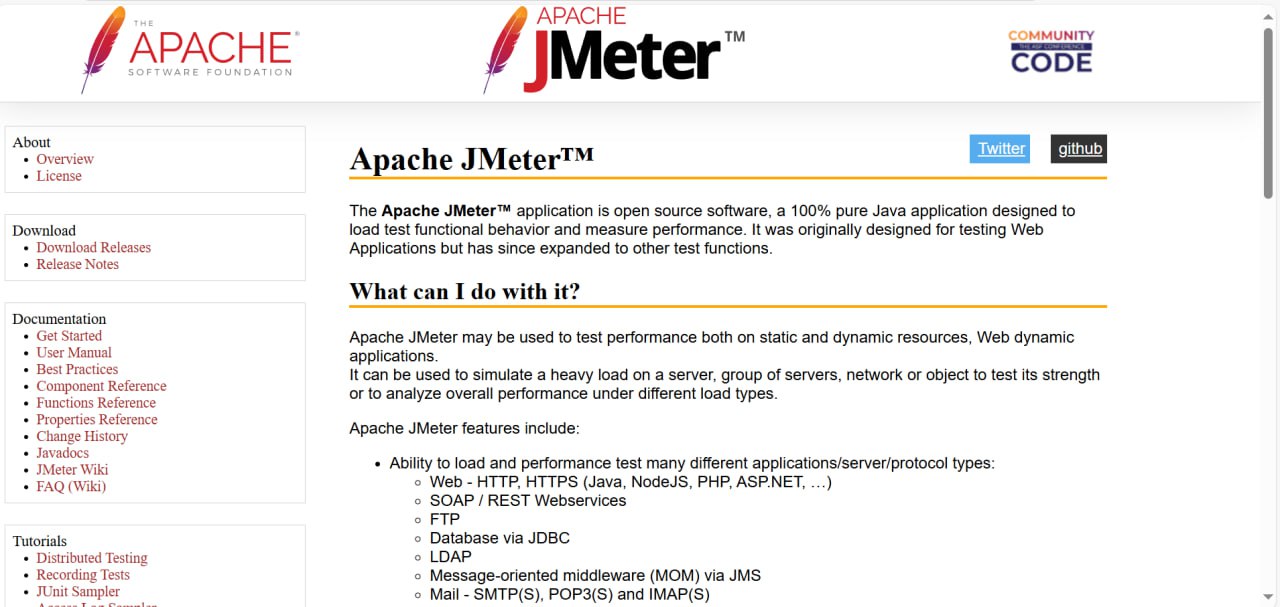
The open-source performance testing utility that can replicate huge load conditions over various protocols and systems.
- The huge virtual simulation of user simulation of thousands of simultaneous connections.
- Multi-protocol protocols such as HTTP, HTTPS, SOAP, FTP and database connections.
- Elaborated performance analytics including response time comprehension and point of contention.
- Scalable load testing functionality which distributes load testing among multiple machines.
✅Pivotal: The teams must be able to test system performance under realistic load conditions to confirm performance before going to production.
15. SoapUI
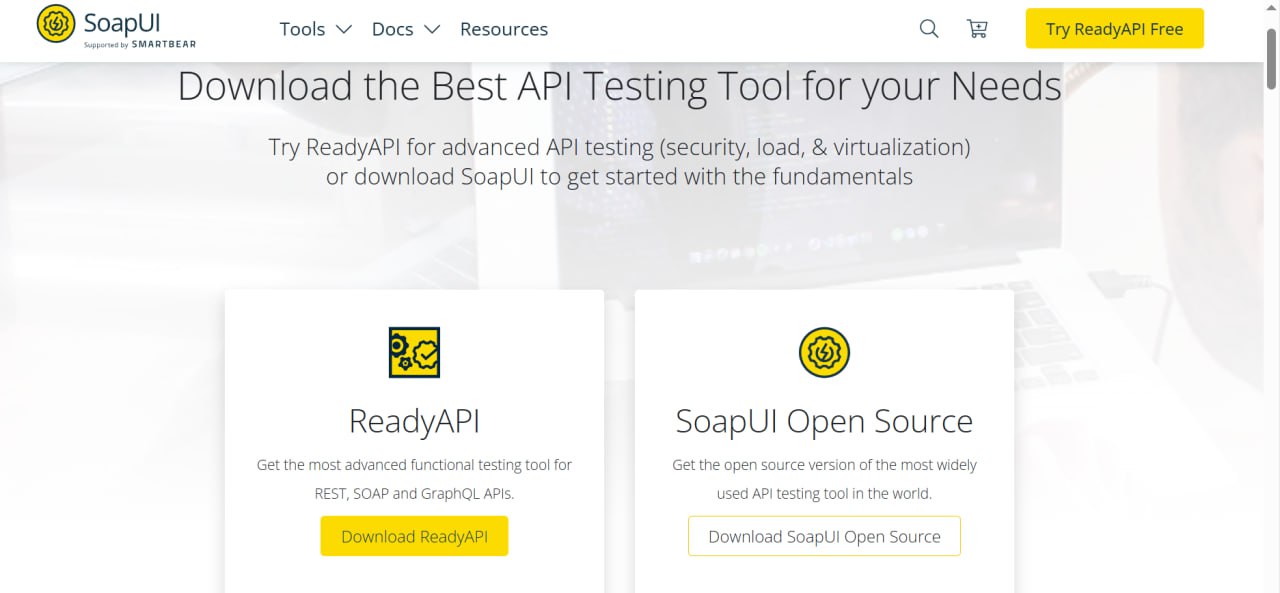
Specialized platform for complex web services testing in enterprise environments with advanced security and compliance requirements.
- Comprehensive protocol support including SOAP, REST, GraphQL, and legacy web services.
- Advanced security testing with authentication, authorization, and vulnerability scanning.
- Mock service generation for testing in isolation and parallel development workflows.
- Enterprise reporting and compliance, meeting audit and governance requirements.
✅ Essential for: Enterprise teams managing complex web services architectures and legacy system integration.
16. ReportPortal.io
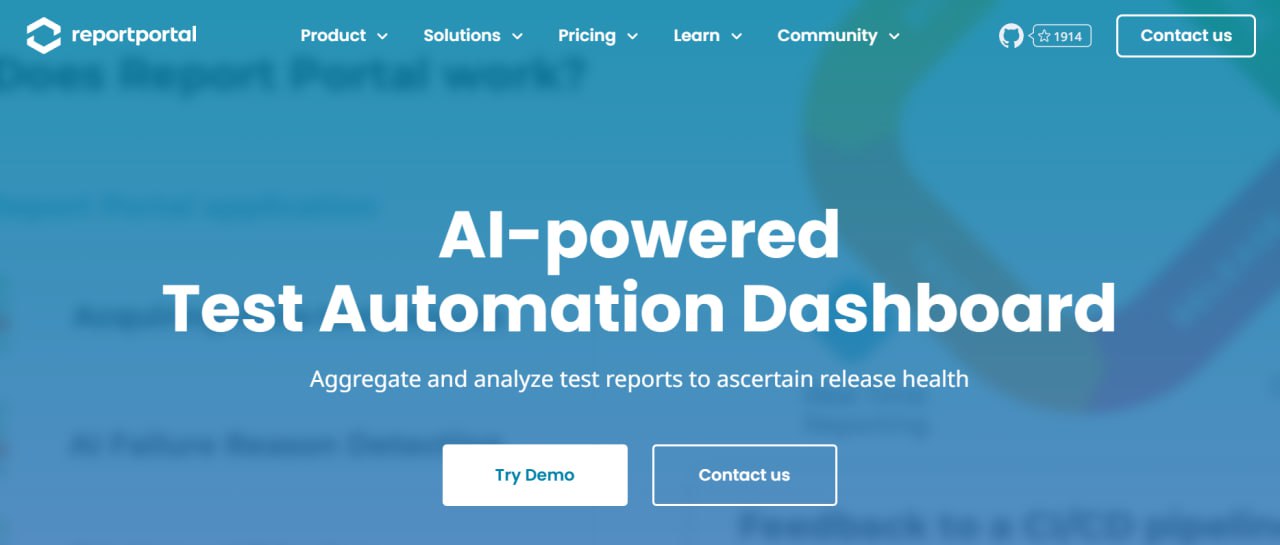
Intelligent test result analysis platform that transforms raw test data into actionable insights using machine learning.
- Machine learning failure analysis, identifying patterns and root causes across test executions.
- Historical trend analysis, providing insights into code quality evolution and testing effectiveness.
- Multi-framework aggregation, centralizing results from diverse testing tools and environments.
- Predictive quality insights, helping teams anticipate and prevent quality issues.
✅ Valuable for: Organizations running extensive test suites who need intelligent analysis rather than simple pass/fail reporting.
CI/CD Integration and DevOps Tools
Testing isolation creates expensive documentation. These integration platforms ensure your testing efforts seamlessly support continuous delivery and DevOps practices.
17. Jenkins
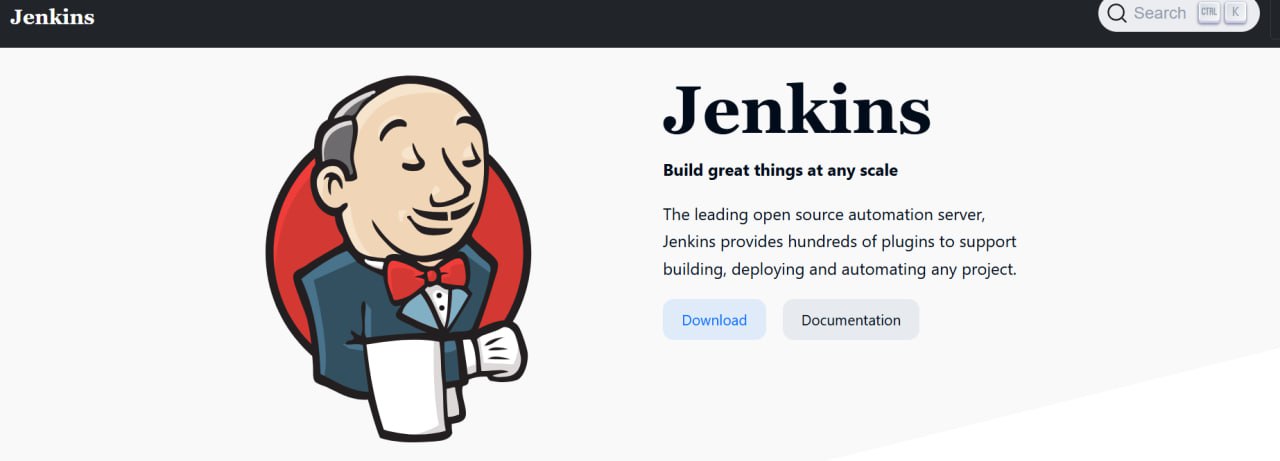
Open-source automation server, offering unmatched customization and integration possibilities for complex CI/CD requirements.
- Massive plugin ecosystem with thousands of integrations covering virtually every development tool.
- Pipeline as code implementation enabling version-controlled, reviewable build processes.
- Distributed build architecture, scaling across multiple machines and environments.
- Complete customization freedom, adapting to unique organizational requirements.
✅ Ideal for: Teams requiring maximum flexibility and willing to invest in infrastructure management for customized CI/CD workflows.
18. GitHub Actions
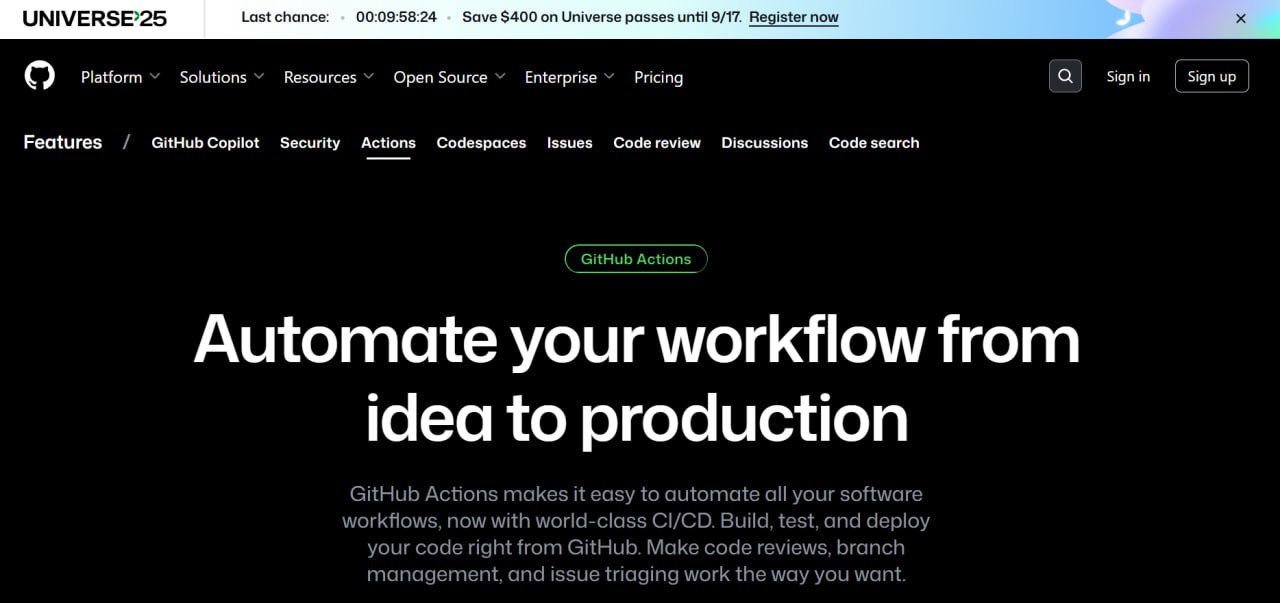
CI/CD Platform deployed into GitHub that removes the context switching and makes managing workflow easier when developing on GitHub.
- Auto-configured integration with secret management and repository seamless integration.
- Multi-environment and multi-configuration testing Matrix build capabilities Matrix build capabilities test in a variety of environments and configurations.
- Far-reaching action marketplace with pre-coded workflow functions to perform frequent tasks.
- Usage-based pricing model cost optimization on variable workload patterns.
✅ Good fit: Teams with GitHub as their core are looking to get efficient CI/CD without adding complexity to the tools or managing infrastructure.
19. CircleCI
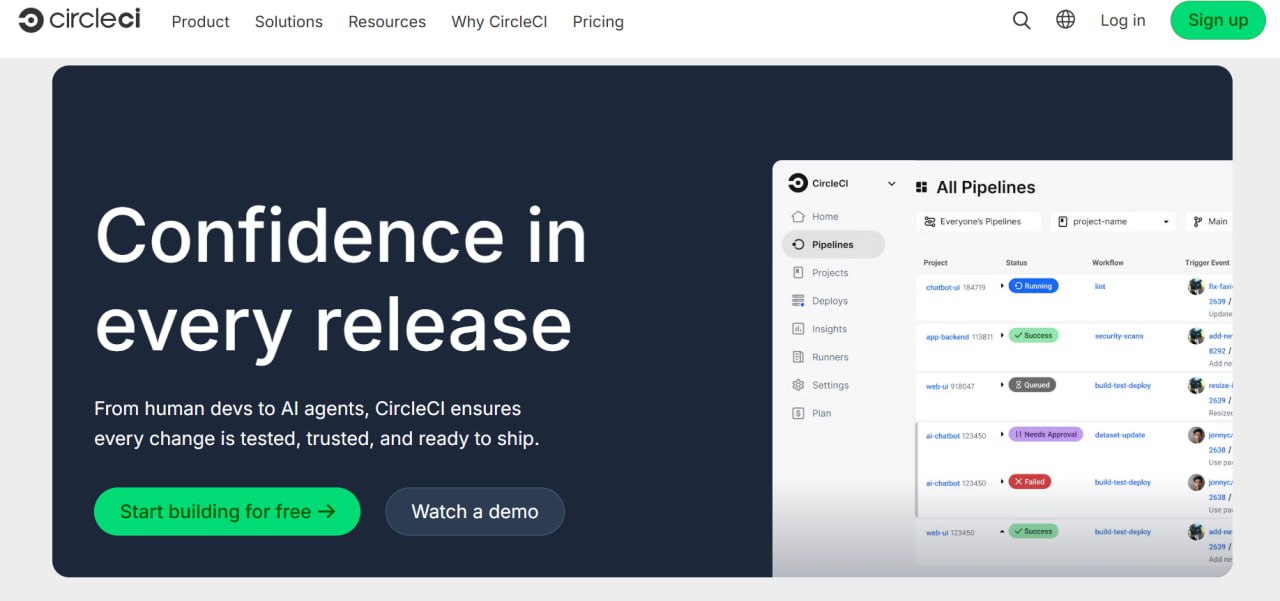
Specifically Cloud-native platform developed to provide high-performance gathers smart resource management and optimization.
- State-of-the-art parallelization and smart test splitting and resource allocation.
- Docker-based framework offering reliable and rapid build technology.
- Smart dependency management markedly decreases the time of build with intelligent caching systems.
- Live team communication tools that allow the team to monitor progress with building and breakdowns.
✅Ideal in: Reserve-lean teams that value the speed of the performance and favor managed infrastructure to no-self-hosted ones.
20. Jira
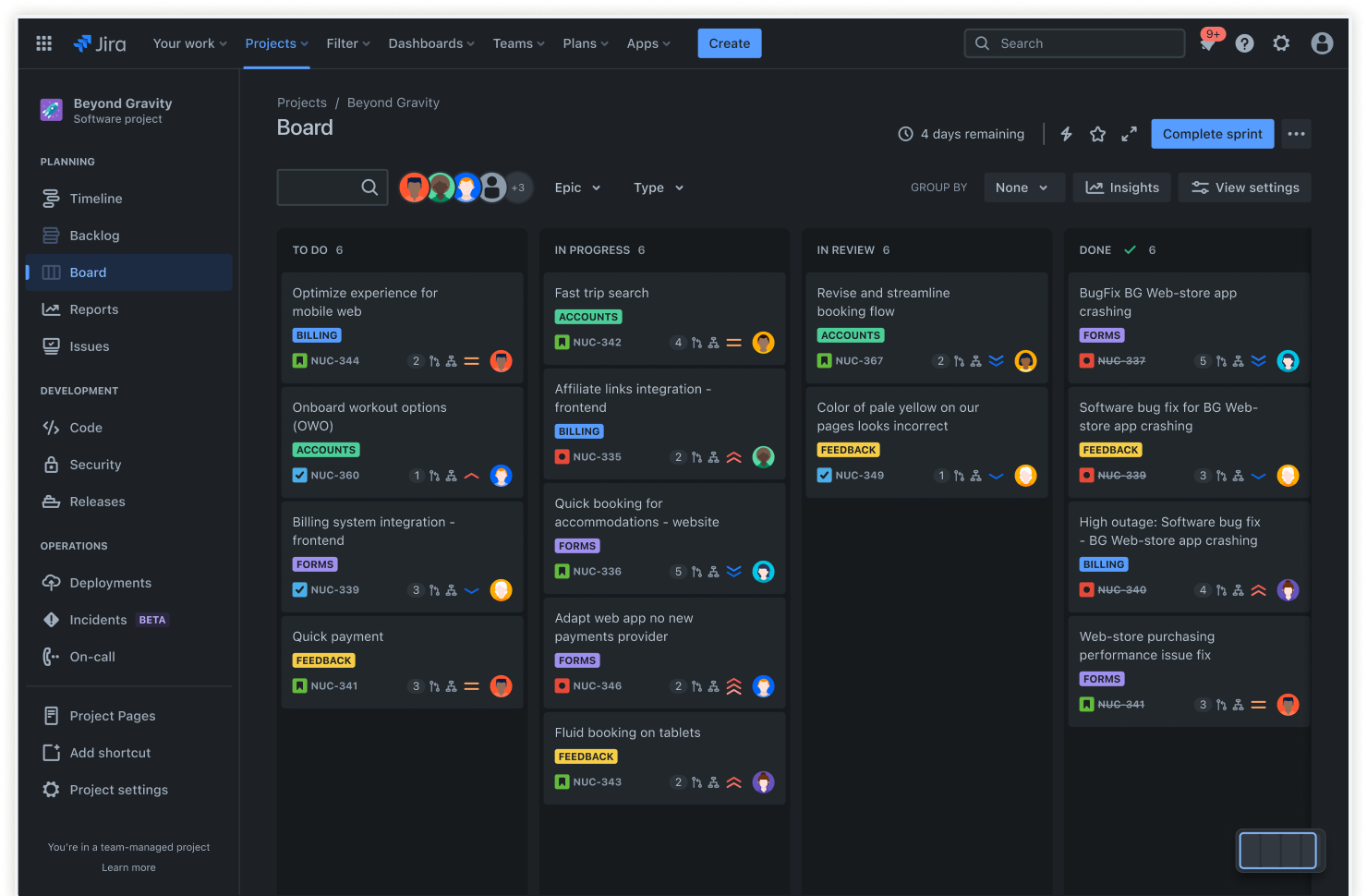
Project management and issue tracking platform that connects development work with business requirements and stakeholder visibility.
- Completely customizable workflows adapting to organizational processes and team structures.
- Advanced reporting and analytics providing visibility into project progress and team performance.
- Comprehensive agile support with scrum, kanban, and hybrid methodology implementations.
- Deep development tool integration connecting code changes with business requirements
✅Essential for: Agile teams needing to maintain traceability between business requirements and testing progress.
21. Linear
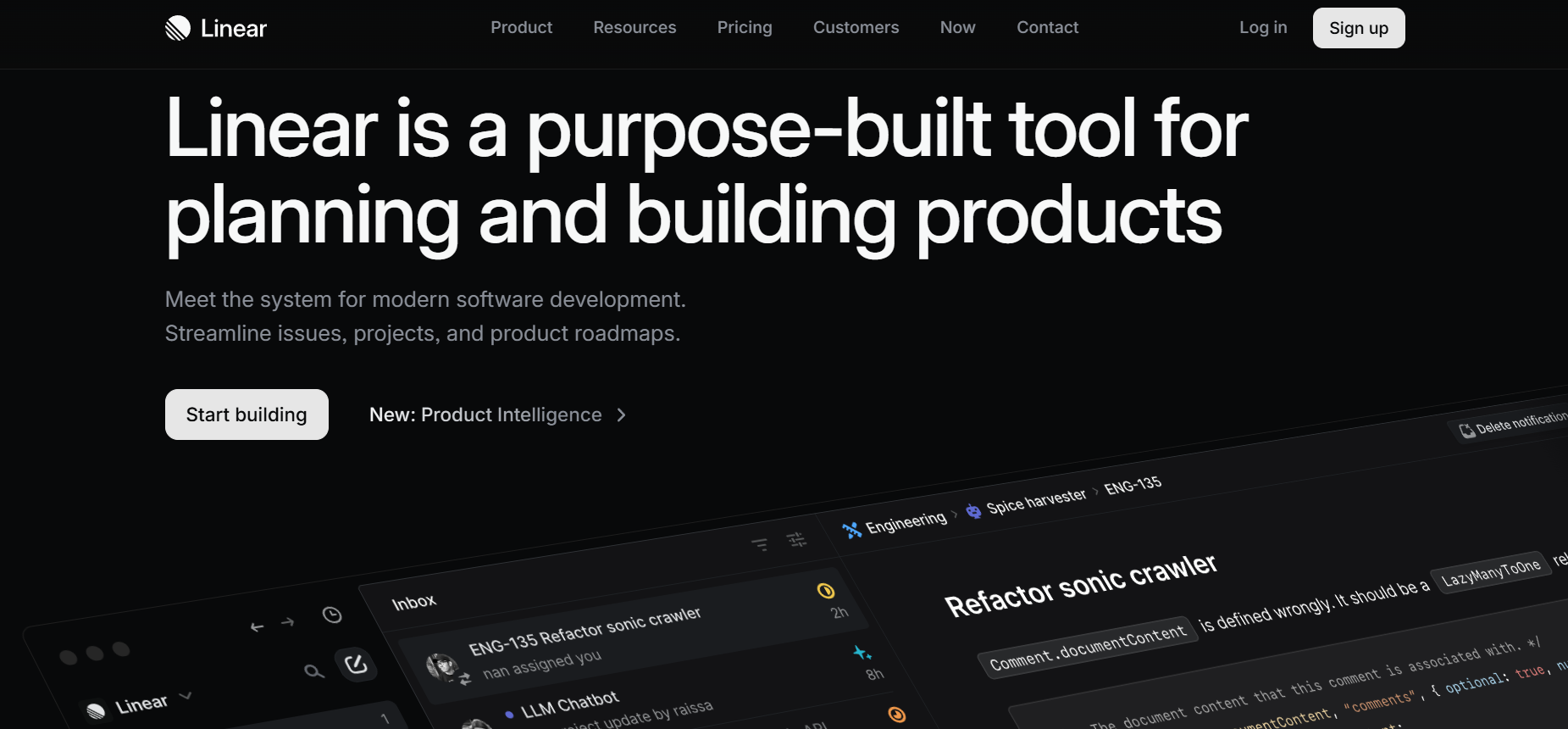
Theoretical Next-generation project management specifically created to address fast moving software development teams who might feel that traditional tools are bloated.
- Developer productivity and speed-optimized interface based on keyboards.
- Smart automation that saves project management overheads.
- The engineering oriented features are based on software development processes and not generic project management.
- Ecosystem integration with development tools with no configuration complexity.
✅Best fit: There are high-velocity software teams who believe that the traditional project management tools are sluggish and cumbersome.
Strategic Selection: Making the Right Choice for Your Organization
Choosing optimal testing tools requires understanding that there’s no universal “best” solution. A bootstrapped startup building a mobile-first application has fundamentally different requirements than a Fortune 500 enterprise managing legacy system integration. Start by identifying your actual pain points.
| If you’re struggling with… | Add this tool first | Then complement with | Expected improvement |
| 🔥 Manual regression hell | Testomat.io | Cypress or Playwright | 80% time reduction in 4-6 weeks |
| 👥 Team coordination chaos | Testomat.io | Jira or Linear | Clear visibility in 2-3 weeks |
| 🤖 Flaky automated tests | Testomat.io AI detection | Reliable framework (Playwright, CodeceptJS, Cypress) | 60% fewer false failures |
| 📱 Mobile testing gaps | Appium or Detox | Testomat.io for management | Full mobile consistency in 3-4 weeks |
| 🔌 API reliability issues | Postman or JMeter | Testomat.io for orchestration | 90% API coverage in 2-3 weeks |
| 📊 No testing visibility | Testomat.io dashboards | Connect existing tools | Real-time insights immediately |
The Bottom Line
Good QA testing tools will provide your team with the courage to ship quicker. They transform the fearful exam into a competitive edge.
The software market continues to change, yet good software is good. Users do not mind how quickly you deployed this or that application when it does not work in a stable manner. They do not appreciate good QA, they simply demand it.
Select the tools that address the actual issues of your team, merge them with your current development workflow and expand them with your goals. The optimal testing plan is the one that your team will use on a regular basis.
Your future will be grateful to you because of the adequate testing equipment that you invest in today. Only the quality that they will provide will be expected by your users.
Frequently asked questions
What's the difference between continuous integration and continuous testing?

Continuous integration focuses on automatically merging code changes and running basic builds. Continuous testing goes further by automatically executing comprehensive test suites throughout your entire CI/CD pipeline. Modern cd tools like GitHub Actions and CircleCI support both approaches.
Can I test desktop applications with the same tools used for web testing?

Some tools work for both, but desktop applications often require specialized approaches. Selenium WebDriver primarily targets web browsers, while tools like Robot Framework and Appium can handle desktop applications. For Windows apps, consider tools that interact directly with desktop UI elements rather than web elements.
How does parallel testing actually improve my testing speed?

Parallel testing runs multiple test cases simultaneously across different browsers, devices, or virtual users instead of executing them sequentially. This can reduce test execution time from hours to minutes. Tools like Playwright and WebdriverIO excel at parallel execution, while test management tools like Testomat.io optimize which tests run in parallel for maximum efficiency.
What are the key features I should look for in test management tools?

Essential key features include test case organization, execution tracking, reporting dashboards, integration with development tools, and team collaboration capabilities. Advanced features might include AI-powered test prioritization, flaky test detection, automated test creation from requirements, and detailed analytics for continuous improvement.
How do open source testing tools compare to commercial solutions?

Open source tools like Selenium, Cypress, and Robot Framework offer powerful capabilities with strong community support and no licensing costs. However, they often require more technical expertise and setup time. Commercial tools typically provide better user experience, professional support, and advanced features like intelligent test orchestration, but come with ongoing costs.
